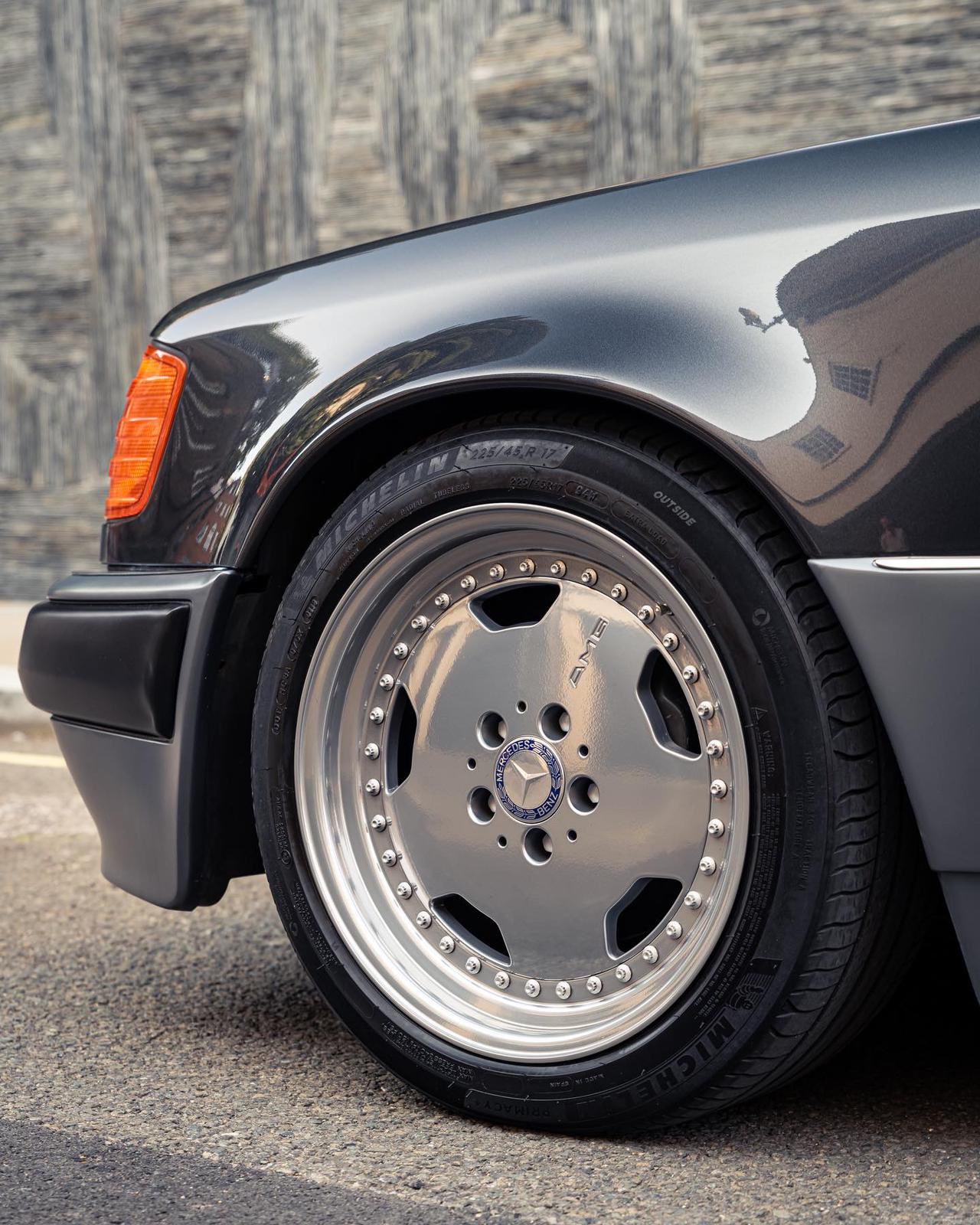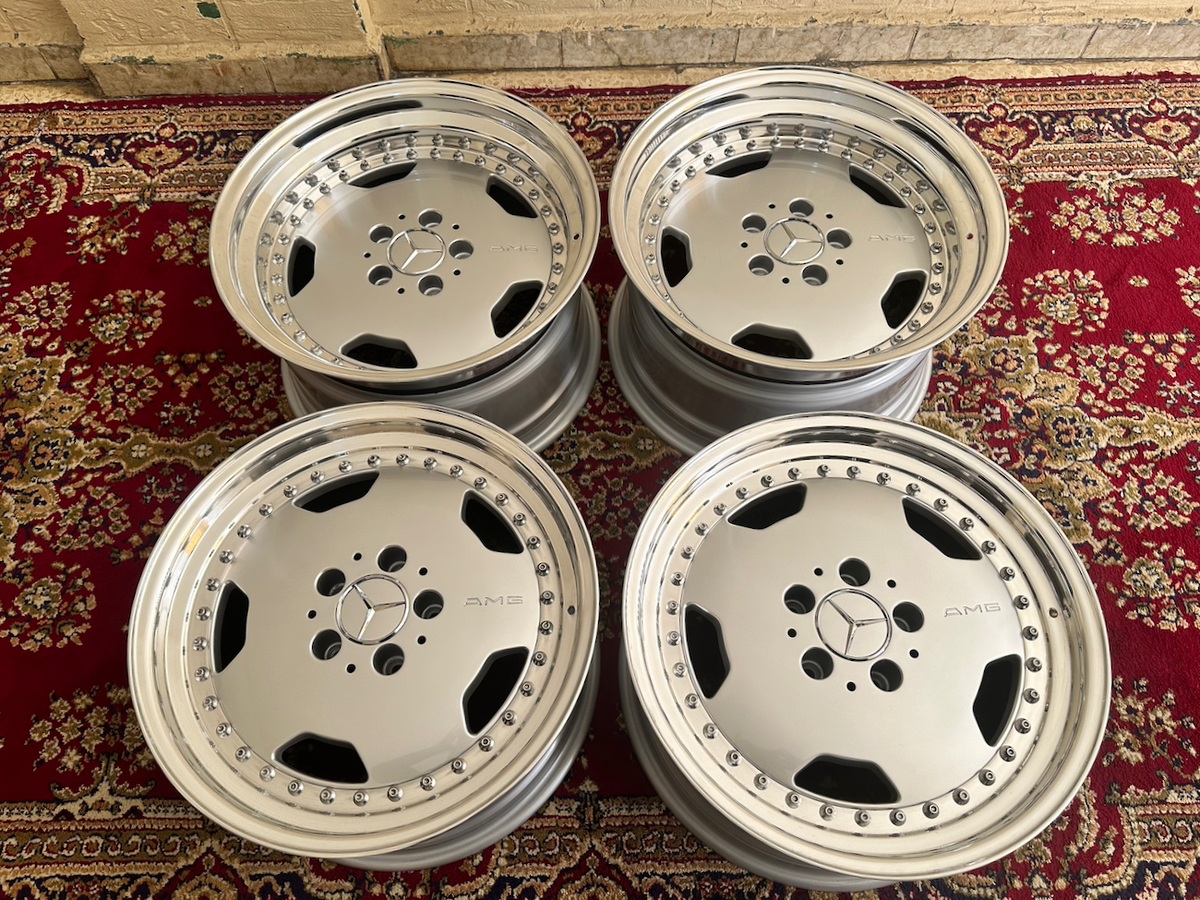All Concerning Vehicle Parts: A Comprehensive Overview for Every Auto Owner
Recognizing car components is necessary for each automobile proprietor. These elements play a crucial role in vehicle efficiency and safety. Recognizing when to change them can protect against larger problems down the line. Experience with fundamental parts and maintenance methods equips proprietors to make educated decisions. However, the selection between aftermarket and OEM parts can make complex issues. What factors should one take into consideration when picking replacements? The answers may surprise you.
Comprehending the Essentials of Vehicle Parts
Auto parts are the essential components that maintain a car operating efficiently. Recognizing the essentials of these components is essential for any type of automobile proprietor. Each part plays a particular function, adding to the general efficiency and safety and security of the car. Secret groups include the engine, transmission, brakes, and electrical systems.
Engine elements, such as pistons and valves, collaborate to transform gas right into mechanical energy. The transmission system guarantees that power from the engine is provided to the wheels successfully. Brakes are crucial for secure stopping, making use of components like brake rotors and pads.
Electric elements, including the battery and generator, handle the car's electrical demands. Auto proprietors ought to acquaint themselves with these parts to help with maintenance and repair services. A comprehensive understanding of auto components not only help in repairing yet likewise boosts the total driving experience.
Vital Parts of Your Car
The important parts of an automobile play a vital duty in its overall efficiency and security. Key components such as the engine, transmission, and brake system are basic to making certain a smooth driving experience (MERCEDES BENZ R129 PANOROMIC ROOF). Understanding these components assists auto proprietors preserve their cars efficiently
Engine and Transmission Components
Engine and transmission parts are essential for the perfect efficiency of any automobile. The engine, frequently described as the heart of the car, makes up parts such as the pistons, crankshaft, and camshaft, each playing a significant role in transforming gas into activity. Proper functioning of these components warranties optimal power generation and fuel performance.

Brake System Components
Braking systems are necessary for automobile safety and security and control, assuring vehicle drivers can respond successfully to numerous road problems. The key components consist of brake pads, blades, calipers, and brake fluid. Brake pads produce friction against the rotors, making it possible for the automobile to reduce or stop. Rotors, usually constructed from metal, supply the surface for the brake pads to hold. Calipers house the brake pads and include pistons that apply stress, pushing the pads versus the rotors. Brake liquid transfers pressure from the brake pedal to the calipers, crucial for reliable stopping. Routine evaluation and upkeep of these elements are important to assure peak efficiency, stopping possible brake failing and boosting general driving safety.
Typical Indications That Components Need Replacement
While normal maintenance can expand the life of an automobile, specific signs show that components might require substitute. Unusual sounds, such as squeaking or grinding, usually signal used parts, specifically in the stopping system. Additionally, lowered efficiency, such as slow-moving acceleration or problem guiding, might aim to concerns with the engine or suspension components. Warning lights on the dashboard should never be ignored, as they can indicate malfunctioning sensing units or systems that call for attention. One more indicator is fluid leakages, which can recommend failing seals or gaskets that require replacement. Extreme vibration or trembling while driving can signal problems with tires or positioning. Identifying these indications early can help prevent further damages and assure the automobile runs smoothly and safely. Normal inspections and recognition of these signs are important for keeping a trusted and safe car.
Exactly How to Select Top Quality Replacement Parts

In addition, examining for warranties can suggest the manufacturer's confidence in their product. It is likewise a good idea to confirm compatibility with the car's make and design, as making use of incorrect components can lead to more concerns - 17" AMG Aero 3 Wheels. Consulting a trusted technician for referrals can offer beneficial insights. By carefully picking top quality replacement parts, cars and truck proprietors can improve their automobile's integrity and durability, inevitably saving money and time over time
The Importance of Normal Maintenance
Routine maintenance is necessary for assuring the longevity and ideal efficiency of a car, as neglecting it can cause costly repair work and reduced safety and security. Routine checks, consisting of oil modifications, tire turnings, and brake examinations, aid determine potential concerns prior to they escalate into major troubles. By sticking to the producer's suggested upkeep schedule, car owners can boost their lorry's integrity and performance.
Regular maintenance improves fuel economy and minimizes unsafe exhausts, contributing to environmental sustainability. It additionally guarantees that security attributes, such as lights and brakes, are operating properly, thereby safeguarding the vehicle driver and guests. Furthermore, properly maintained vehicles commonly have greater resale worths, read this making them much more monetarily beneficial in the long run (MERCEDES BENZ R129 PANOROMIC ROOF). Eventually, investing time and resources right into normal maintenance not just protects the car's performance yet additionally promotes a more secure driving experience for all when traveling
Aftermarket vs. OEM Components: What You Required to Know
When keeping a car, one vital choice car owners encounter is whether to select aftermarket components or original devices manufacturer (OEM) components for repair work and replacements. OEM components are made by the lorry's maker and are made to satisfy certain standards, assuring a specific fit and efficiency. They usually come with a guarantee, providing satisfaction for the proprietor.
In contrast, aftermarket components are generated by third-party firms and can vary extensively in top quality and rate. Some aftermarket choices might offer enhanced efficiency or visual enhancements, while others may do not have the reliability of OEM components. Automobile proprietors should think about aspects such as compatibility, expense, and intended usage when making their choice. Ultimately, the decision in between aftermarket and OEM components might rely on individual choices, spending plan constraints, and the certain needs of the car, calling for mindful factor to consider to ensure peak efficiency and durability.
Tips for DIY Fixes and Component Installation
Tackling DIY fixings and component setup can encourage next page automobile owners to save money and get a much deeper understanding of their automobile. To start, it is essential to collect the right devices and equipment, ensuring that everything required for the task is easily available. Researching the details repair service or installation process through reliable sources, such as guidebooks or online tutorials, can also provide beneficial understandings and advice.
Automobile owners ought to guarantee they have a clean, well-lit work space to help with the repairs. It is vital to take safety and security preventative measures, including putting on handwear covers and goggles, to stop injuries. Additionally, identifying parts and maintaining track of screws and screws during disassembly can streamline reassembly. Perseverance is crucial; rushing the procedure can lead to mistakes. By complying with these ideas, DIY lovers can efficiently complete setups and repair work, inevitably enhancing their car treatment skills.
Frequently Asked Concerns
How Can I Recognize copyright Car Parts?
To recognize phony auto parts, one should check out packaging quality, look for missing or changed logo designs, validate part numbers against maker databases, and buy from respectable dealers. Looking into customer reviews can likewise give beneficial insights.
What Service Warranties Are Usually Supplied on Car Components?
Generally, auto parts warranties range from 1 month to lifetime protection, depending upon the maker. They might consist of restricted guarantees, which cover issues, and extended guarantees for additional protection against part failures with time.
Where Can I Locate Recalls on Specific Car Components?
Recalls on certain auto parts can be discovered on the National Freeway Website Traffic Safety And Security Administration (NHTSA) internet site, suppliers' main internet sites, or via dealership solution departments, making sure owners remain informed about safety and security concerns connected to their vehicles.
How Do I Dispose of Old Vehicle Components Sensibly?
To get rid of old automobile components properly, individuals need to speak to review regional recycling centers, automobile shops, or unsafe waste centers that accept such products, guaranteeing compliance with ecological policies and advertising sustainable methods in waste administration.
Can I Mix Different Brands of Car Parts?
Blending various brand names of automobile components is usually possible, yet care is recommended. Compatibility issues might develop, affecting efficiency and security. It's a good idea to get in touch with an expert or describe producer standards for best outcomes.
Understanding when components need replacement is only part of automobile maintenance; recognizing exactly how to choose top quality replacement components is equally crucial. Cars and truck owners must focus on OEM (Original Tools Maker) parts, as these are made specifically for their vehicles, making certain optimal fit and efficiency. When keeping a vehicle, one essential choice car owners encounter is whether to pick aftermarket parts or original devices supplier (OEM) components for substitutes and fixings. Tackling DIY fixings and part setup can encourage car owners to save money and get a much deeper understanding of their automobile. To recognize phony auto parts, one ought to take a look at product packaging top quality, check for missing out on or modified logo designs, confirm component numbers against producer databases, and purchase from reputable dealerships.